Ever wondered why dog keeps wanting to go outside? Dogs have an innate curiosity and a need for exploration that drives their constant desire to venture outdoors. Whether it’s to sniff new scents, chase squirrels, or simply enjoy the fresh air, our canine companions find solace in the great outdoors. Understanding this behavior can help us cater to their needs and ensure they get the mental and physical stimulation they crave. Let’s unlock the mystery behind your pup’s insatiable urge for outdoor adventures!
Key Takeaways
- Understand your dog’s behavior by decoding the reasons behind their frequent trips outside.
- Be vigilant about potential medical issues that could be causing your dog to constantly want to go outside.
- Watch out for signs of Urinary Tract Infections (UTI) in your dog, as it may be a reason for their increased outdoor activity.
- Combat boredom or the desire for fun by engaging your dog in interactive play or mental stimulation indoors.
- Be aware of critters in your yard that might be attracting your dog outside and address any infestations promptly.
- Help your dog adjust to their environment by providing a comfortable and stimulating indoor space to reduce the need for constant outdoor trips.
Why Does My Dog Want to Go Outside Every Hour?
Dogs may want to go outside every hour for various reasons. One common reason is that they need to relieve themselves. Just like humans, dogs have to go to the bathroom regularly, and they may be signaling their need to go outside by pawing at the door or whining. Additionally, dogs are naturally curious animals and enjoy exploring their environment.
Going outside allows them to use their senses of smell, sight, and hearing to investigate their surroundings. Dogs also need exercise to stay healthy and burn off excess energy. Going outside provides them with the opportunity to run, play, and stretch their muscles.
Some dogs may simply enjoy being outdoors and prefer the fresh air and sunshine to being cooped up inside. If your dog wants to go outside every hour, it’s essential to ensure they have access to the outdoors for both physical and mental well-being.
Decoding the Frequent Trips Outside
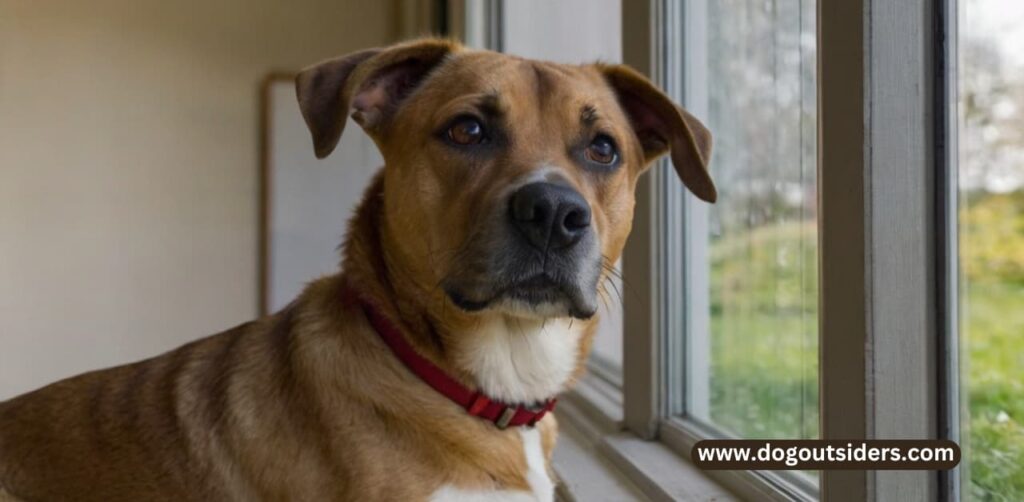
Understanding Motivations
Dogs crave outdoor trips due to their natural instincts and curiosity about the world around them. The scents, sounds, and sights outdoors stimulate their senses, providing mental and physical enrichment.
Dogs may want to go outside frequently to explore different environments, socialize with other animals, or engage in activities like running and playing. These experiences fulfill their need for mental stimulation and exercise.
Addressing the Behavior Effectively
Establish a consistent routine for walks and playtime to satisfy your dog’s need for outdoor activities. Ensure they receive enough mental and physical stimulation throughout the day to reduce excessive requests to go outside.
Create a designated area indoors with interactive toys or puzzles to keep your dog mentally engaged when they cannot go outside. This helps prevent boredom and reduces the constant desire to leave the house.
Personal Insights
I found that incorporating short training sessions during indoor playtime helped redirect my dog’s focus from wanting to go outside constantly. By engaging their mind with simple commands or tricks, I could effectively manage their behavior.
During rainy days or extreme weather conditions, I set up indoor obstacle courses using household items to provide my dog with a fun and stimulating alternative to outdoor activities. This kept them entertained and satisfied without needing to go outside frequently.
Medical Issues Uncovered

Possible Causes
Dogs may exhibit a strong desire to go outside due to various medical issues. These can range from pain or discomfort to underlying health problems. One common concern is the potential presence of a urinary tract infection (UTI).
Signs to Watch For
It’s crucial to pay attention to signs that your dog’s frequent urge to go outside is more than just a behavioral quirk. Look out for symptoms like excessive drinking, straining during urination, or accidents in the house.
Seeking Veterinary Help
If you suspect that your dog’s behavior stems from a medical problem, it’s best to seek veterinary assistance promptly. A professional can conduct tests to diagnose any underlying issues and recommend appropriate treatment.
Personal Experience
I once noticed my dog constantly asking to go outside, only to find out he had developed a UTI. Prompt veterinary care helped resolve the issue and improve his quality of life significantly.
Signs of UTI in Dogs
Symptoms
Dogs with a urinary tract infection (UTI) may exhibit various signs that indicate an underlying issue. One common symptom is blood in the urine, which can be alarming for pet owners to observe. Another noticeable sign is the dog straining to urinate, showing discomfort during the process.
Behavioral Changes
Apart from physical symptoms, UTIs can also influence a dog’s energy levels and overall behavior. A dog experiencing a UTI might display signs of lethargy or restlessness due to the discomfort caused by the infection.
Personal Experience
When my dog had a UTI, I noticed her becoming unusually restless and having accidents inside the house more frequently. It was evident that she was uncomfortable and in pain, prompting me to seek veterinary care promptly.
Impact on Daily Routine
The presence of a UTI can disrupt a dog’s usual routine, leading to increased frequency in bathroom breaks and changes in their drinking habits. Owners may notice their dogs requesting to go outside more often than usual.
Preventive Measures
To prevent UTIs in dogs, ensuring proper hydration and regular bathroom breaks are crucial. Maintaining good hygiene practices and keeping the water bowl clean can help reduce the risk of infections.
Boredom or Seeking Fun

Lack Stimulation
Dogs desire mental and physical stimulation to stay happy and healthy. Without it, they may exhibit restless behavior. Providing toys that challenge their minds can prevent boredom-induced actions like excessive whining.
A lack of engagement can lead dogs to seek excitement outdoors. When a dog feels unstimulated, they might constantly bring you their toy or ball, urging you to play. This behavior indicates a need for interaction and playtime.
Preventive Measures
To curb your dog’s constant urge to go outside, ensure they have ample opportunities for play and exercise. Interactive games like fetch in the backyard or a stimulating walk can satisfy their need for activity.
Introducing new activities regularly can keep your dog mentally stimulated. Consider rotating their toys or incorporating puzzle feeders to challenge their problem-solving skills. Engaging them in various tasks prevents monotony and keeps them entertained.
I find that setting aside dedicated play sessions throughout the day helps satisfy my dog’s need for mental stimulation. These interactions not only provide entertainment but also strengthen our bond through shared activities.
Critters Luring Your Dog

Predatory Instincts
Dogs have a natural instinct to chase smaller animals like cats or stray animals. This behavior stems from their predatory instincts.
These instincts are deeply ingrained in their DNA, dating back to when dogs were wild hunters. When your dog sees a critter, their primal instincts kick in.
To manage this behavior, it’s crucial to provide enough mental and physical stimulation for your dog. Regular walks and playtime can help satisfy their natural instincts.
Effective Management Strategies
One way to prevent your dog from chasing critters is through training and socialization. Teaching them commands like “leave it” can be useful in such situations.
Another strategy is to create a safe and secure environment for your dog, especially in the yard. Fences and barriers can help keep critters out of reach.
Moreover, consider distracting your dog with toys or treats when they show interest in chasing critters. Redirecting their focus can help break the cycle of prey drive.
Seeking Professional Help
If your dog’s behavior becomes uncontrollable or poses a risk to themselves or other animals, seeking guidance from a professional vet or animal behaviorist is essential.
Professional trainers can assess your dog’s behavior and provide tailored solutions to address their predatory instincts effectively.
Remember, every pooch is unique, so what works for one may not work for another. Patience and consistency are key when modifying your dog’s behavior towards critters.
Adjustment Period Explained
New Environment
Dogs, especially shelter dogs, may struggle with wanting to go outside due to the stress of adapting to a new environment. The change can be overwhelming for them.
Moving into a new home can trigger anxiety and uncertainty in dogs, leading to behaviors like constantly wanting to go outside. This behavior is their way of seeking comfort and familiarity.
Behavioral Changes
During an adjustment period, dogs might display various behaviors such as restlessness, excessive barking, or pacing near doors. These actions indicate their discomfort and desire to explore their surroundings.
To help your dog cope with the transition, create a safe space indoors where they feel secure. Provide comforting items like blankets or toys that have familiar scents to ease their anxiety.
Support Strategies
Establish a consistent routine for your dog including regular feeding times, walks, and play sessions. Predictability helps dogs feel secure and reduces their urge to constantly seek outdoor stimulation.
Engage in positive reinforcement training techniques to redirect your dog’s focus from wanting to go outside excessively. Reward calm behavior indoors to reinforce their sense of security.
Strategies for Behavioral Change

Positive Reinforcement
Using positive reinforcement is a powerful tool to modify your dog’s behavior. When your dog displays the desired behavior, reward them immediately with treats or praise. This creates an association between the behavior and a pleasant outcome.
Positive reinforcement can be applied when training your dog to stay indoors. For example, each time your dog remains calm inside, offer them a treat to reinforce this behavior positively.
To further enhance positive reinforcement, consistency is key. By consistently rewarding good behaviors, your dog will learn what is expected of them.
Environmental Enrichment
Environmental enrichment plays a crucial role in shaping your dog’s behavior at home. Providing engaging toys and activities can help keep your dog mentally stimulated and less focused on going outside frequently.
Introducing interactive toys that dispense treats can keep your dog entertained indoors. These toys promote mental stimulation and prevent boredom, reducing the urge to constantly seek outdoor stimuli.
In my experience, creating a designated play area indoors with various toys helped redirect my dog’s attention from wanting to go outside all the time. This strategy not only kept my dog engaged but also fostered a positive indoor environment.
Exercise and Mental Stimulation
Regular exercise is essential for maintaining your dog’s physical health and mental well-being. Ensuring your dog receives an adequate amount of exercise can reduce restlessness and the constant desire to go outside.
Engaging in activities such as daily walks, interactive play sessions, or puzzle games can help expend your dog’s energy effectively. This physical and mental stimulation can alleviate the need for frequent outdoor excursions.
Distraction Techniques
TV
Introducing TV as a distraction technique can be effective in redirecting your dog’s focus. Playing engaging shows or nature documentaries can captivate your dog’s attention and keep them entertained indoors. This method provides mental stimulation and prevents boredom, reducing the urge to go outside.
Music
Utilizing music is another way to divert your dog’s desire to go outside. Calming music or specifically designed pet relaxation tracks can soothe your dog and create a peaceful environment at home. The auditory stimulation helps in calming your dog’s mind and encourages them to stay indoors.
White Noise
Implementing white noise machines or apps can mask external sounds that might trigger your dog’s desire to go outside. The consistent background noise creates a sense of security for your dog, making them feel at ease inside the house. This method acts as an assistant in maintaining a serene environment for your pet.
When it comes to using distractions, it’s essential to understand your dog’s preferences. Some dogs may respond better to visual stimulation, while others might benefit more from auditory distractions like music. Experiment with different techniques to find what works best for your furry companion.
Personal Experience:
I have found that playing nature documentaries on TV significantly reduces my dog’s restlessness and keeps him content indoors. The visuals of wildlife and natural landscapes seem to engage his attention effectively.
Incorporating distraction techniques not only provides immediate relief but also contributes to long-term behavioral changes in your dog. By consistently offering mental stimulation through various methods, you can help shift their focus from wanting to go outside to enjoying indoor activities.
Increasing Exercise
Importance
Providing adequate exercise for your dog is crucial for their overall well-being. Regular physical activity helps maintain a healthy weight, improves cardiovascular health, and enhances muscle tone.
Dogs need mental stimulation as much as physical exercise. Mental enrichment can reduce boredom and prevent destructive behaviors like excessive barking or chewing.
Engaging in interactive play sessions or using puzzle toys can provide both physical and mental stimulation for your furry friend. Incorporating training exercises during playtime can also keep your dog mentally sharp.
Indoor Activities
During extreme weather conditions or when time is limited, indoor activities are a great way to ensure your dog gets enough exercise. Indoor games such as hide-and-seek, tug-of-war, or setting up obstacle courses can keep your dog active and entertained.
Consider creating a dedicated play area with various toys and activities to keep your dog engaged. Rotating toys regularly can prevent boredom and maintain their interest in playtime.
I find that incorporating short training sessions into our daily routine not only provides physical exercise but also strengthens the bond between me and my dog. These sessions are beneficial for mental stimulation and obedience training.
Interactive Toys
Interactive toys are excellent tools to keep your dog physically active and mentally stimulated. Toys like treat-dispensing balls or puzzles require problem-solving skills, keeping your dog engaged for longer periods.
Investing in quality interactive toys can help alleviate your dog’s desire to go outside excessively. These toys offer a rewarding challenge while satisfying your dog’s natural instincts to explore and hunt.
Incorporating interactive feeding devices into meal times can turn feeding into an engaging activity for your pet. These devices encourage slower eating, mental engagement, and physical movement.
Conclusion:
Understanding why a dog constantly wants to go outside can be puzzling but crucial for their well-being. From medical issues to behavioral reasons, various factors might be at play. It’s essential to observe your furry friend closely and consider all possibilities. By implementing strategies like distraction techniques and increased exercise, you can help address your dog’s incessant need to go out. Remember, a happy and healthy pup leads to a more harmonious household. Stay vigilant, and always consult a vet if you suspect underlying health concerns.
Let’s prioritize our furry companions’ needs and ensure they lead fulfilling lives. Together, we can create a nurturing environment that fosters their happiness and overall wellness. Take proactive steps today to better understand and cater to your dog’s desire for outdoor adventures. Keep them safe, content, and cherished members of the family.
FAQ’s:
It’s common for dogs to exhibit this behavior, but it could indicate various underlying reasons such as medical issues, boredom, or the presence of critters in your yard. It’s essential to observe your dog’s behavior closely and consider seeking veterinary advice if it persists.
Look out for symptoms like frequent urination, straining to urinate, blood in urine, and accidents in the house. If you notice any of these signs along with your dog’s increased desire to go outside, consult your vet promptly for proper diagnosis and treatment.
If your dog seems restless indoors, lacks interest in toys or activities, and shows excitement mainly when going outside, boredom could be the reason behind their constant desire to go out. Engaging in interactive playtime or providing mental stimulation can help alleviate boredom.
Implementing distraction techniques like puzzle toys, increasing exercise through walks or play sessions, and creating a routine can redirect your dog’s focus from incessantly wanting outdoor time. Consistency and positive reinforcement are key elements in modifying this behavior successfully.
To prevent critters from attracting your dog outdoors, ensure your yard is secure by fixing any gaps in fences or gates. Discourage wildlife by removing food sources like bird feeders or garbage cans accessible to them. Creating a safe environment will help deter critters from enticing your dog.

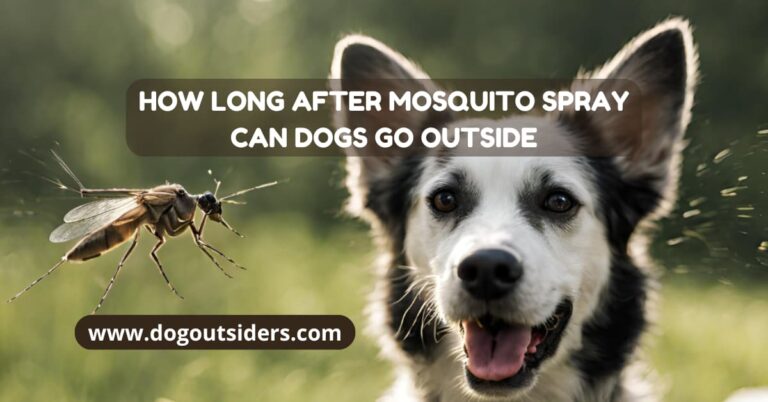
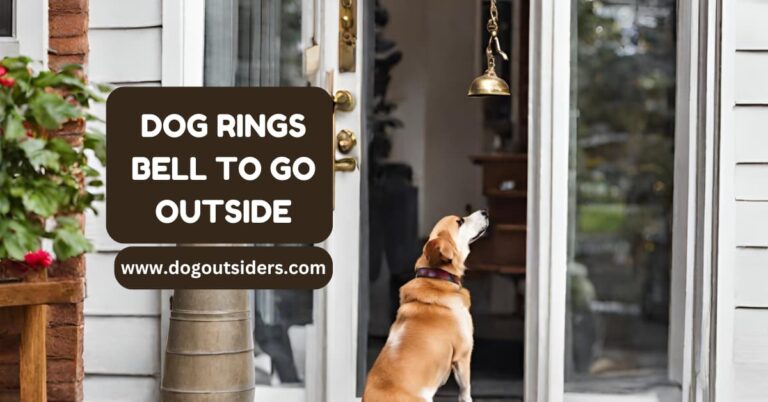

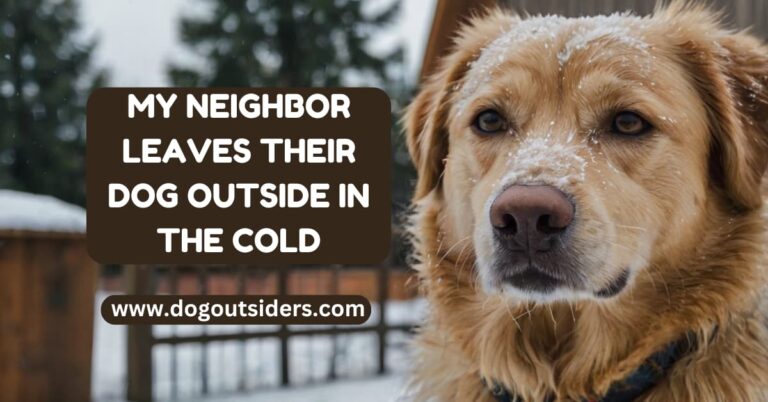
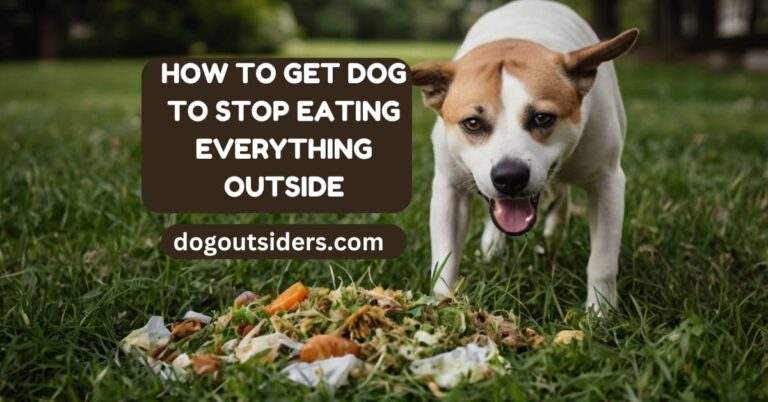

One Comment